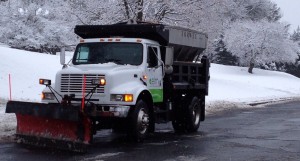Commercial building owners and managers are constantly seeking to heighten their competitive edge thru offering a better facility while holding or reducing costs. Here in Westchester and Fairfield counties, this usually goes hand in hand with various LEED and Green Building initiatives. Today’s prospective tenants often inquire about the prospective buildings current green footprint and future plans.
After the large projects are complete – HVAC, plumbing, lighting-where to turn? A look outside will reveal an area where building owners and managers can reap many benefits. The irrigation system at your building may be old and inefficient. New technology in the past few years can significantly leverage irrigation systems recently installed.
In May’s issue of “BUILDINGS” Magazine, senior editor Janelle Penny turns the focus of the Greener Facilities monthly article to irrigation.
Here are the key takeaways from her article “Keep Your Grass Lush for Less”
“Maybe it’s time to add smart landscape sensors to your arsenal. These devices interact with your existing irrigation system to put water where it counts and when it’s needed, rather than leaving all the work to a simple timer that waters your lawn daily regardless of weather conditions. By ensuring that you it, a suite of sensors helps cut down on wasted water.
To truly wring every drop of efficiency out of your landscape practices, the EPA recommends installing a separate water meter to measure how much water you’re applying to the landscape – this will give you greater insight and could provide additional sources of savings.
Performance results naturally vary depending on climate, landscape, variations in weather, and other factors, but the EPA provided BUILDINGS with a handful of real-world examples to illustrate the spectrum of potential savings:
- Water-efficient sprinkler technologies can reduce water use by as much as 30% when compared to standard pop-up sprinklers.
- Properly installing a WaterSense-labeled, weather-based irrigation water use by 15%.
- A project in Florida demonstrated a savings of 13,567 gallons every time a rain sensor prevented an irrigation event on half an acre of landscape.
- Turf plot studies demonstrated that water savings from soil moisture sensors ranges anywhere from 4-88%.”
While the first reaction may be you don’t have a half acre in Florida, the numbers add up just as fast when you realize you have 2,4, 6 acres in CT or NY. Savings like these are real and documented. It all adds up to a great equation—water savings puts cash back in the budget, bolsters your green initiative footprint, impresses prospective tenants and delivers a healthier landscape.
References:
Buildings Magazine, Issue 05.14
Article: Keep Your Grass Lush for Less

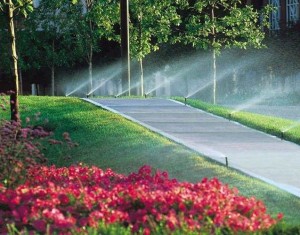
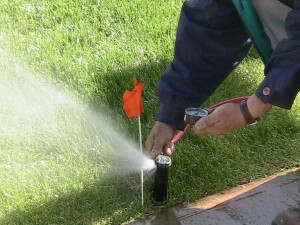
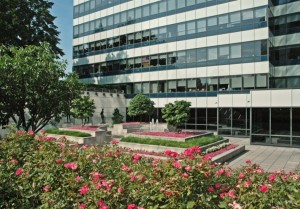
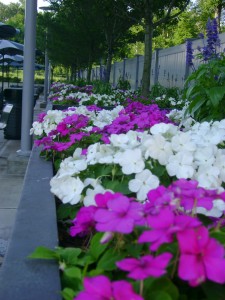

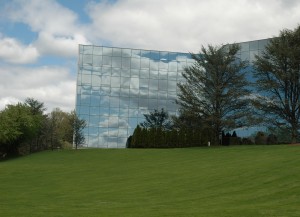
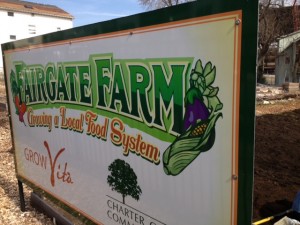






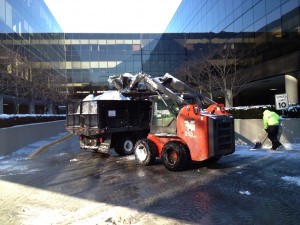
![-ac7cb0370a2a7cef[1]](https://www.easternland.com/wp-content/uploads/2014/01/ac7cb0370a2a7cef1-300x194.jpg)
